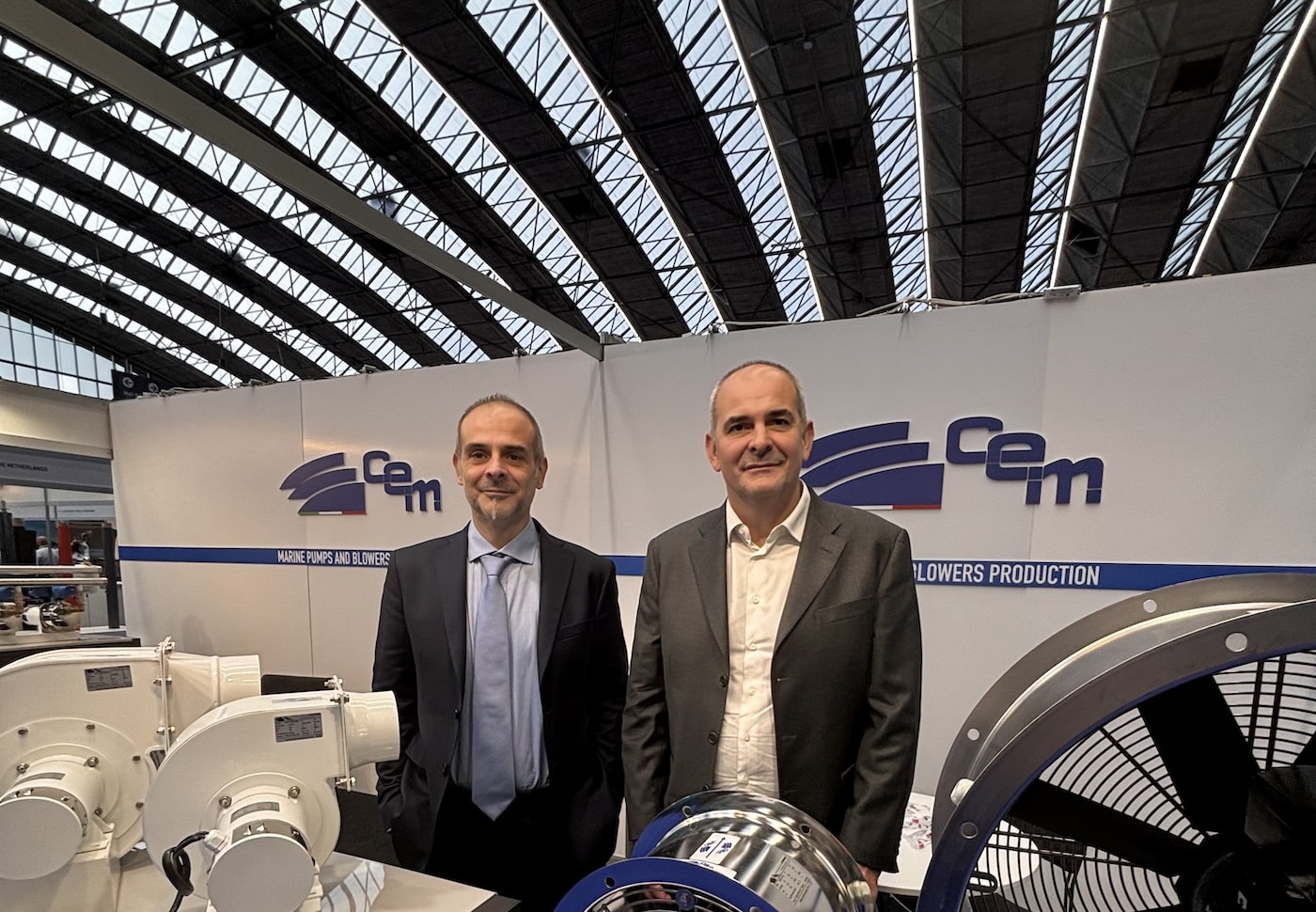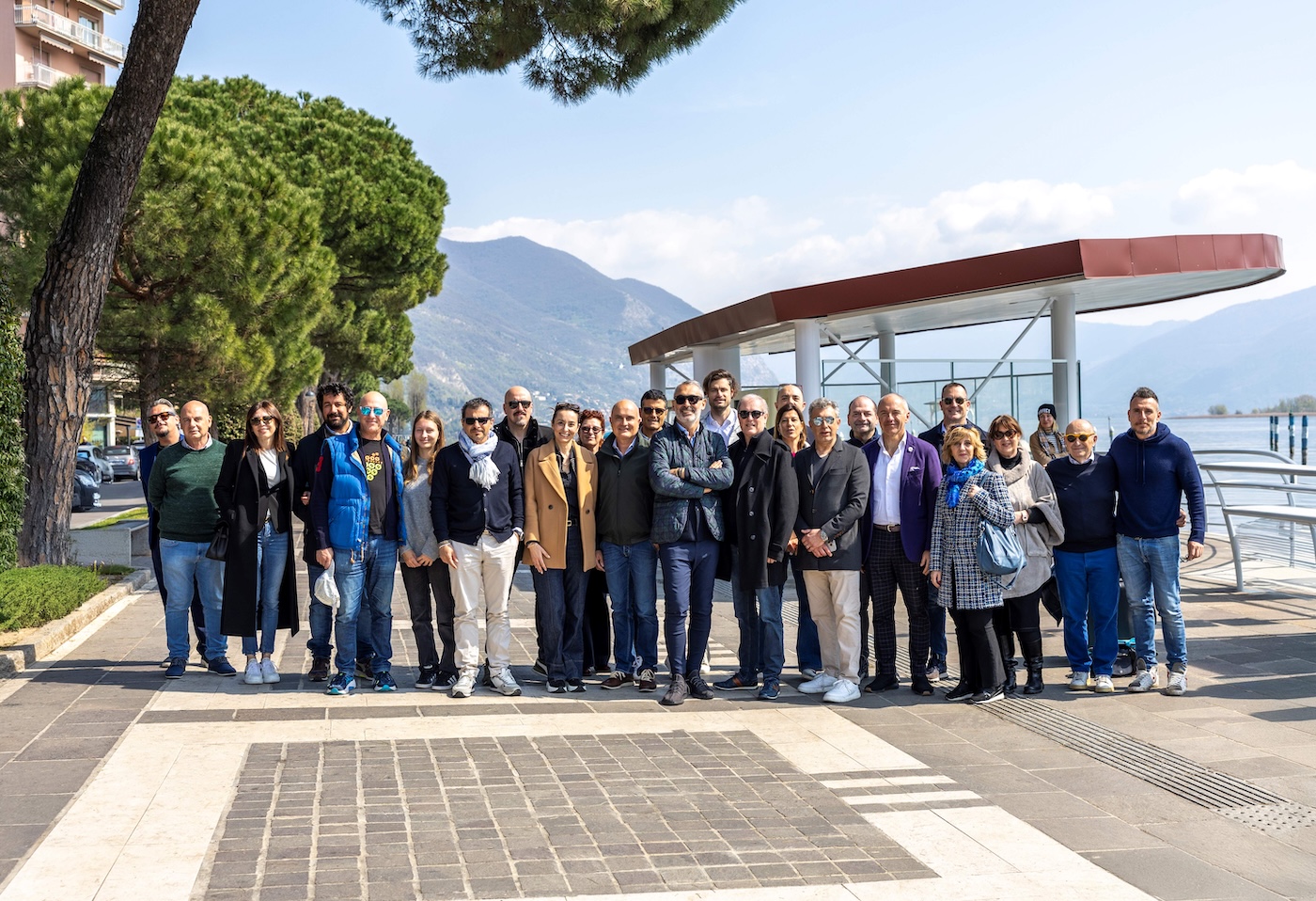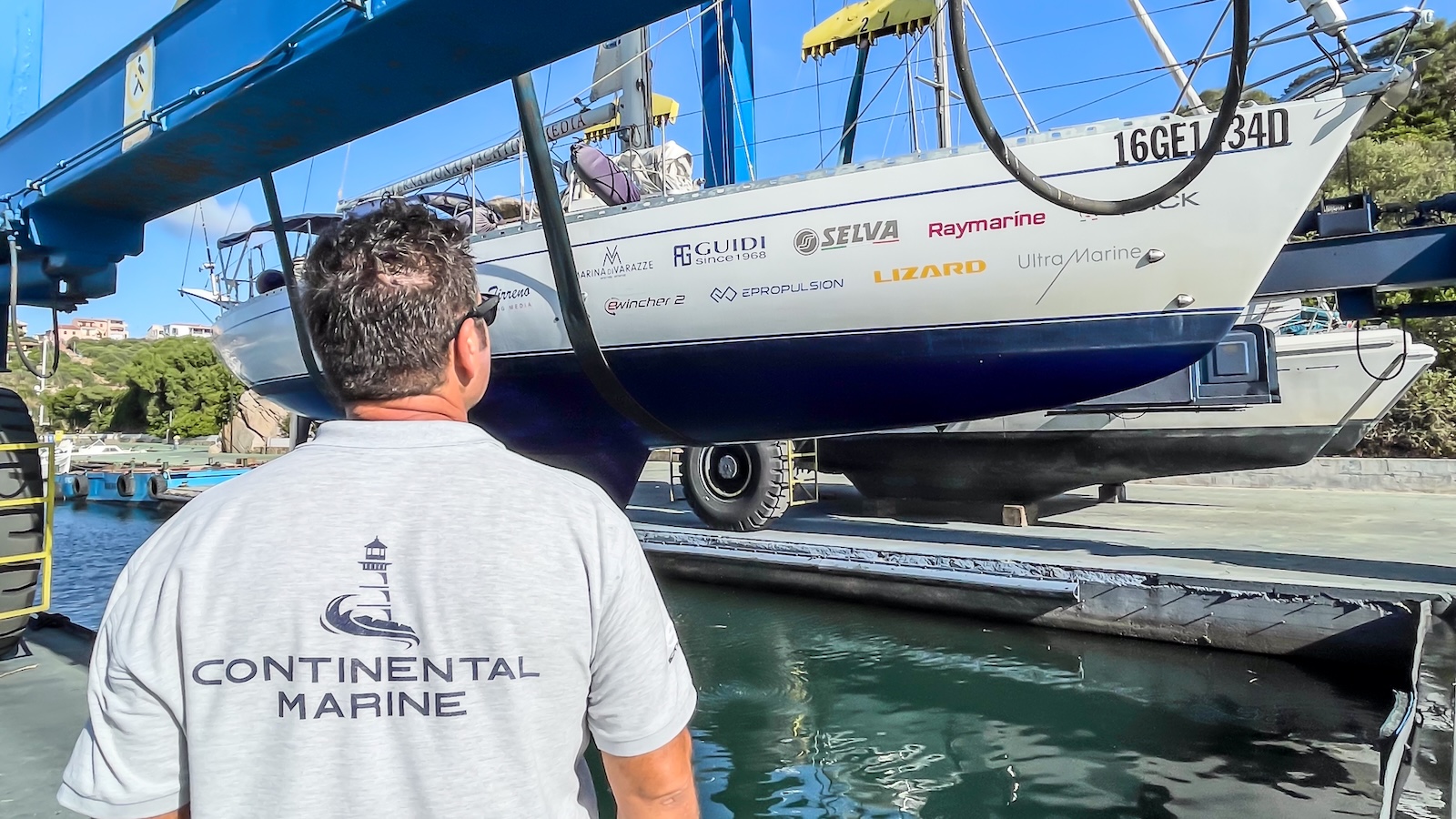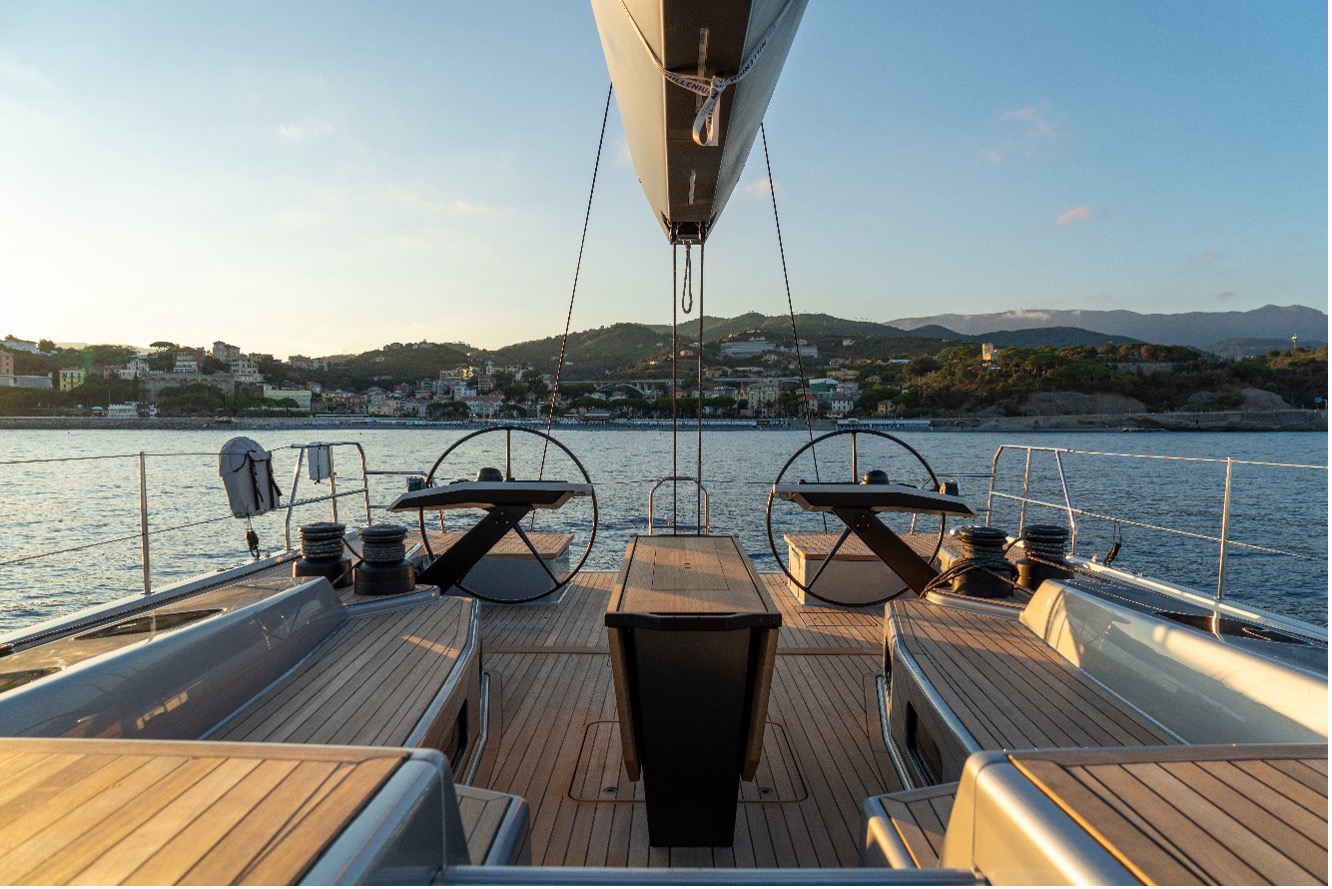One of the most extensively used equipment on board is the outboard engine, which, together with the tender, represents a sort of link with the shore, an umbilical cord capable of getting us to the beaches and coastlines we want to discover effortlessly and safely. We may not think about it, but if our engine breaks down or our dinghy has a puncture, the feeling is of confinement, because we can’t go ashore.
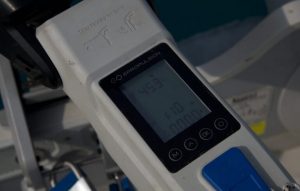
EPropulsion Spirit 1.0 Evo Test
We’ll be testing this new engine for two or three years. According to the specifications given by Marco Esposito, the engine already looks extremely interesting. The Daydreamer, our editorial staff’s Comet 460, is equipped with a Selva 320 Vib tender, with a not too heavy inflatable keel fitted until now with a Selva 2.5 HP Guppy.
Looking at the 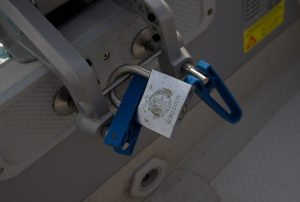
Without battery, the engine body is very lightweight and easy to handle (total weight, including battery, is 20 kg). The outboard is availble in three different drive sizes: 30-40 cm, 40-50 cm and over 50 cm. The bracket for attachment to the tender consists of two levers with screws, with the possibility of fitting a safety lock. Finally, the engine is assembled on the tender, we can’t wait to see how it works.
EPropulsion Spirit 1.0 Evo operation
We climb on board the tender, with the electronic transponder in our hands. A special magnetic slot accepts it in one place, the control electronics recognize it and enable the system. It works as an anti-theft device but also, of course, as a security lanyard, like the red ones which we are used to. One press on the On/Off button and the digital monitor switches on.
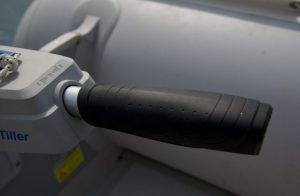
Now let’s find out what the digital monitor is telling us. First of all, on the top left, there is a bar with sectors that graphically indicates the battery charge status. Next to it is an indication of the remaining charging volts, the maximum cell voltage being 39 volts. Another fundamental piece of information provided by the monitor is the remaining operating time, i.e. the autonomy in terms of minutes that the engine can guarantee at a given speed.
As you would expect, of course, the more power we ask for, the less range we will have: exactly as with internal combustion engines. However, we also discover a huge difference between a slow pace and a fast one. After all, for a small increase in speed, we really do sacrifice a lot of energy, but why do we have to run? What’s the hurry? The manufacturer claims that the maximum range is 80 miles, about 36 hours at minimum power, and 8 miles, just over 1 hour, at maximum power.
For example, in Villasimius we stayed at anchor, about 1 mile from the landing pier of the marina, three times in one day we went there and back in 4 people, for a total of 6 miles: fuel consumption, at medium/high speed, was 60% of the battery. With 40% remaining, it would be possible to sail for another 3 or 4 hours, using the motor at around 300 W.
The battery, with a capacity of 1276 Wh, makes use of the latest lithium polymer technology. Recharging is done via the standard charger, 8.5 hours for a full charge, but in normal everyday use it takes just over an hour to bring the charge to full. But there is a secret that makes this motor truly magical, let’s find out.
Energy hydrogenation
Yes, the batteries of the Epropulsion 1.0 Evo can recharge themselves, or rather, without any effort on our part and without consuming precious energy. It is sufficient to leave the engine mounted on the tender when we drag it around (it is better to secure the fastening levers with a padlock, just in case), the flow of water pushes the propeller blades, the engine turns and produces energy by recharging the batteries. That’s the egg of Columbus: if the boat slows down almost nothing, whether sailing or motoring, we find ourselves at the end of the transfer with the battery at full power.
During our cruise we measured about 1 notch of charge every hour/hour and a half of sailing at 6 knots, plus the tender sailed nice and straight with no jolts or jerks. It is well known that, on sailboats, energy is precious and should not be wasted: an hydrogen system can brilliantly and completely solve the problem of recharging. From the tables provided by the manufacturer, we can see that at 6 knots energy generation is 100 W, while at 8 knots it is already 200. Its maximum is 330 at just over 10 knots when it goes into protection and limitation.
EPropulsion Spirit 1.0 Evo: conclusion
The EPropulsion Spirit 1.0 Evo we extensively used during our long cruise proved to be a good alternative to traditional petrol outboards of equal power, with the same performance, better manageable, lighter, more practical, quieter, not at all “smelly” and more ecological. It represents the beginning of an epoch-making change in mentality and habits, of a contribution, albeit minimal, to the safeguarding of the planet, because it seems to bring the world of motorboating closer to that of sailing and we, who deeply love the sea, are very happy about all this.
Performance
| Power output | Speed in knots | Remaining time in hours |
| 60 | 2 | 20 |
| 100 | 2.5 | 12 |
| 200 | 3.1 | 6.5 |
| 300 | 3.6 | 4 |
| 400 | 3.8 | 3.2 |
| 500 | 4.3 | 2.5 |
| 600 | 4.5 | 2 |
| 700 | 4.6 | 1.8 |
| 800 | 4.7 | 1.5 |
| 900 | 5 | 1.2 |
| 1000 | 5.3 | 1 |




















